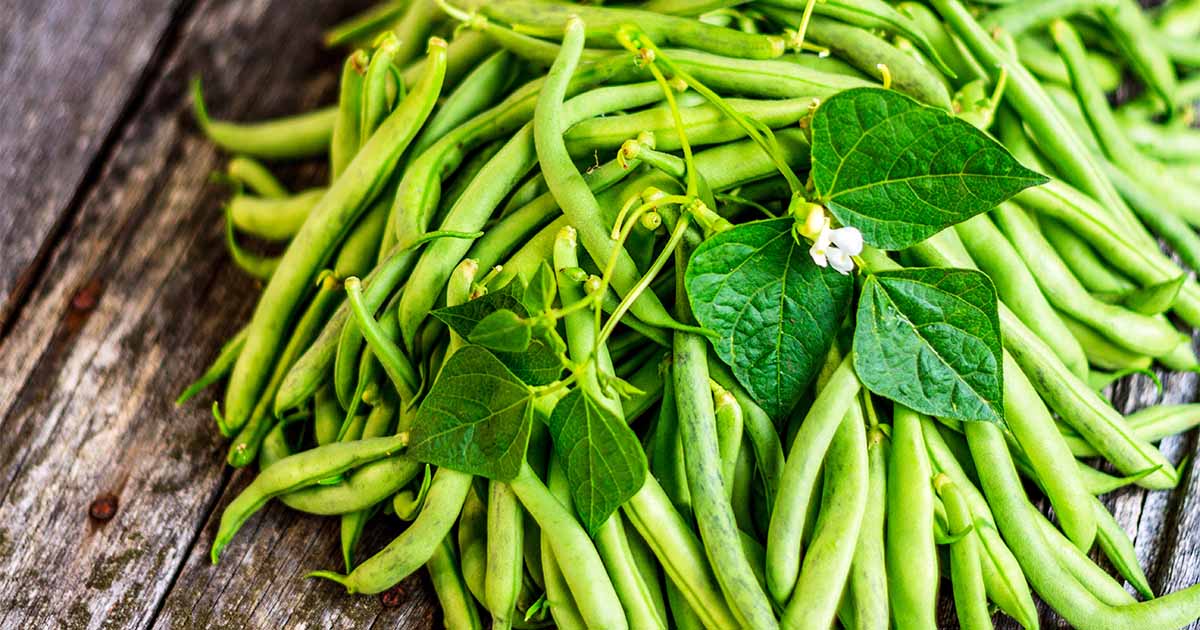When strolling through a garden, have you ever paused to consider the vast array of plants that share an uncanny resemblance to the familiar green bean? The green bean, scientifically known as Phaseolus vulgaris, is highly revered for its culinary versatility and nutritional benefits. Yet, some plants mirror its appearance so closely that distinguishing between the two can pose quite a delightful challenge for the enthusiastic gardener. In this article, we will explore several plants that look like green beans, diving deep into their characteristics and growth requirements, while also uncovering some intriguing facts along the way.
What if, in your quest to cultivate a diverse garden, you inadvertently planted a species that, at first glance, resembled those beloved green beans? This playful question sets the stage for our exploration into the world of green bean-like plants, where beauty is often a veiled mystery.
As you peruse through various plant varieties, let’s unveil the several contenders that not only imitate the aesthetics of green beans but also contribute their own unique attributes to our gardens.
Before we dive into their identification and cultivation, let’s first examine the visual similarities.
Visual Mimics: The Aesthetic Connection
Upon close inspection, numerous leguminous plants display elongated, pod-like structures akin to those of green beans. These plants often boast a lush green coloration, presenting a verdant palette that can easily mislead even the most seasoned gardeners.
One particularly notable example is the snap pea (Pisum sativum var. saccharatum). This plant thrives in cool climates and produces edible pods that resemble green beans. With their sweet, crunchy texture, snap peas are a delightful addition to salads. Furthermore, their climbing nature allows them to intertwine with other plants, creating a visually appealing effusion of green in your garden.
Another contender is the cowpea (Vigna unguiculata), often utilized not only for its similar appearance but also for its excellent nitrogen-fixing capabilities. These legumes boast long, slender pods that can be mistaken for green beans during their initial growth stages. Importantly, cowpeas can thrive in less fertile soils, making them a sustainable choice for gardeners seeking to enrich their soil.
Finally, let’s not overlook the string bean (Phaseolus vulgaris var. cylindrica), which closely resembles the green bean but features a slightly different texture and flavor. Typically harvested when immature, the string bean can be cultivated in diverse climates and is known for its rapid growth, making it an engaging choice for those looking to produce a bountiful yield.
Cultural Differences: The Taste Factor
While mimicking the appearance of green beans, these flavorful impostors present varying culinary uses, textures, and flavors. Understanding these differences can enhance your gardening experience and culinary adventures.
When seasoned and blanched, snap peas retain their sweetness while offering a satisfying crunch. Their versatility allows for consumption raw, while incorporating them in cooked dishes adds an exciting flair. Cowpeas, on the other hand, often exhibit a denser, more earthy flavor when cooked, making them a staple in many Southern cuisines. Their adaptability extends beyond just culinary use; they also excel in providing nutrients to the soil, making them a dual-purpose delight.
As for string beans, their name hints at the quintessential quality of these beans; once harvested, a slight ‘string’ may require removal before cooking. Their tender texture and delicate flavor profile can elevate numerous dishes, from fresh salads to hearty soups.
Growing Green Bean-Like Plants: A Gardener’s Guide
With the distinction between various green bean-like plants established, let’s transition into cultivating these delightful varieties in your own garden. Numerous factors influence the successful growth of legumes, including soil type, sunlight, and moisture levels.
Soil composition is pivotal when growing legumes. Planting in well-draining soil enriched with organic matter can provide your green bean doppelgängers with a robust foundation. Conduct a soil test to ascertain pH levels; legumes prefer slightly acidic to neutral pH for optimal growth. Consider incorporating compost, which can enrich the soil while enhancing its structure.
Sunlight exposure is another critical aspect to consider. Most legumes, including green beans, thrive in sunny, well-lit areas. Aim to allocate at least six hours of direct sunlight daily to ensure vigorous growth and fruit production.
Watering requirements vary across the different varieties. Generally, consistent moisture is essential while avoiding waterlogging. A careful balance of hydration promotes root health and encourages pod development. To conserve water and moderate soil temperatures, consider mulching around your plants.
Fertilization practices will also slightly differ among species. While some legumes are adept at fixing nitrogen in the soil, others benefit from added nutrients. Research the specific needs of each type to provide tailored support, ensuring an abundance of brilliant green pods. As you embark on the quest of growing these lush legumes, keep in mind the importance of close monitoring for pests and diseases, as they can tarnish your culinary ambitions.
In conclusion, the world of legumes akin to green beans is vibrant, diverse, and immensely rewarding. Whether you choose to cultivate snap peas, cowpeas, or string beans, each provides unique attributes and culinary opportunities, enhancing both your garden and your table. So, as you embark on your gardening journey, ask yourself: what green bean-like plant will you embrace first?





Leave a Comment